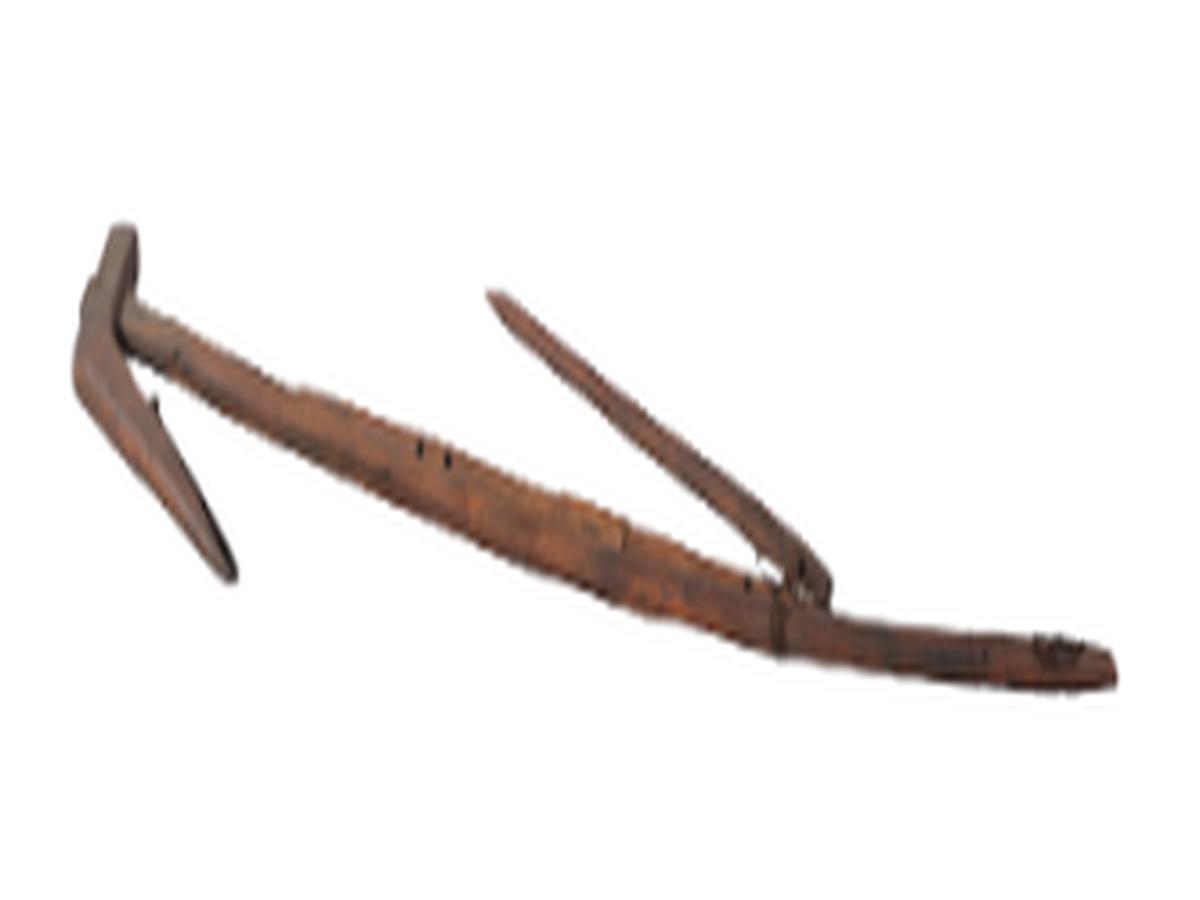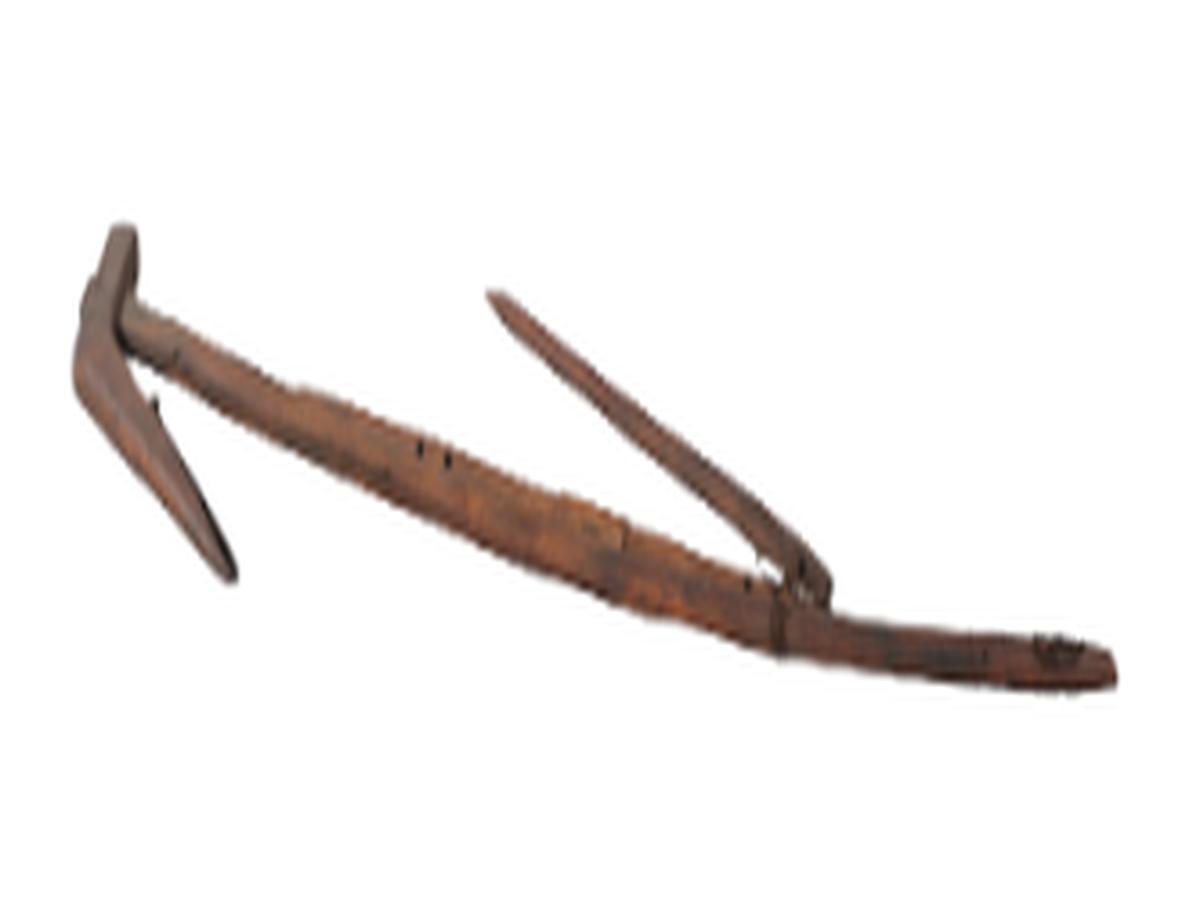State
Tribe Name
Art Type
short description
Their distinct cultural identity, craftsmanship, and traditional knowledge systems speak for themselves when it comes to a minority in India. Among the many indigenous tools that the Kota have developed for varied agricultural activities, the wooden plough appears to be the most relevant in pointing to their unbroken ties to the land. The Kothas' traditional wooden plough is made of a straight long wooden beam inserted into a curved wooden shoe at an acute angle for easy penetration and turning of soil. The wooden shoe is fitted with an iron share at its tip, which increases the durability of the plough and provides it with the cutting power required to make its way through tough soil. Two parts of a wooden yoke are attached to the plough allowing it to be drawn by bullocks or any other draught animal. The use of such ploughs had special importance in the hilly forestland of the Nilgiris, where the Kota tribe traditionally practiced settled agriculture. The tools are made from locally available materials such as wood and iron, which go on to prove the resourcefulness of the tribe, as well as an environmentally-friendly way of farming. More than being an agricultural tool, the wooden plough symbolizes the sustainable farming practices of the Kota tribe and their affinity with nature. These traditional wooden ploughs are today preserved as items of ethnographic collection or displayed in museums in acknowledgment of the legacy of indigenous technology in South India.
Thumbnail

Filter Postion
Left
Filter Background
Off
Theme
Filter Header Image

content
Image

description
Their distinct cultural identity, craftsmanship, and traditional knowledge systems speak for themselves when it comes to a minority in India. Among the many indigenous tools that the Kota have developed for varied agricultural activities, the wooden plough appears to be the most relevant in pointing to their unbroken ties to the land. The Kothas' traditional wooden plough is made of a straight long wooden beam inserted into a curved wooden shoe at an acute angle for easy penetration and turning of soil. The wooden shoe is fitted with an iron share at its tip, which increases the durability of the plough and provides it with the cutting power required to make its way through tough soil. Two parts of a wooden yoke are attached to the plough allowing it to be drawn by bullocks or any other draught animal. The use of such ploughs had special importance in the hilly forestland of the Nilgiris, where the Kota tribe traditionally practiced settled agriculture. The tools are made from locally available materials such as wood and iron, which go on to prove the resourcefulness of the tribe, as well as an environmentally-friendly way of farming. More than being an agricultural tool, the wooden plough symbolizes the sustainable farming practices of the Kota tribe and their affinity with nature. These traditional wooden ploughs are today preserved as items of ethnographic collection or displayed in museums in acknowledgment of the legacy of indigenous technology in South India.
Image Mode
landscape
promoted
On
Verified
Off
